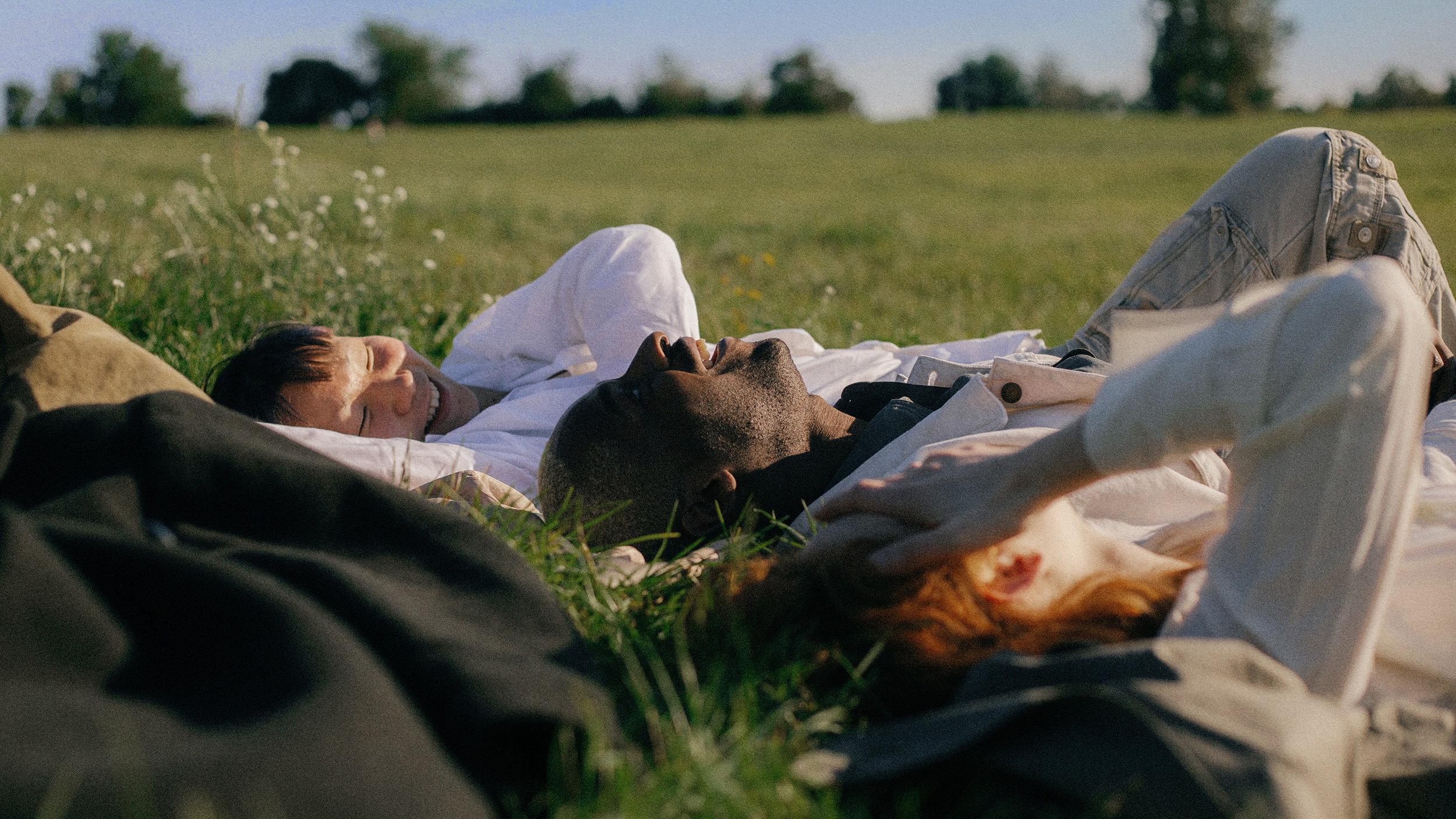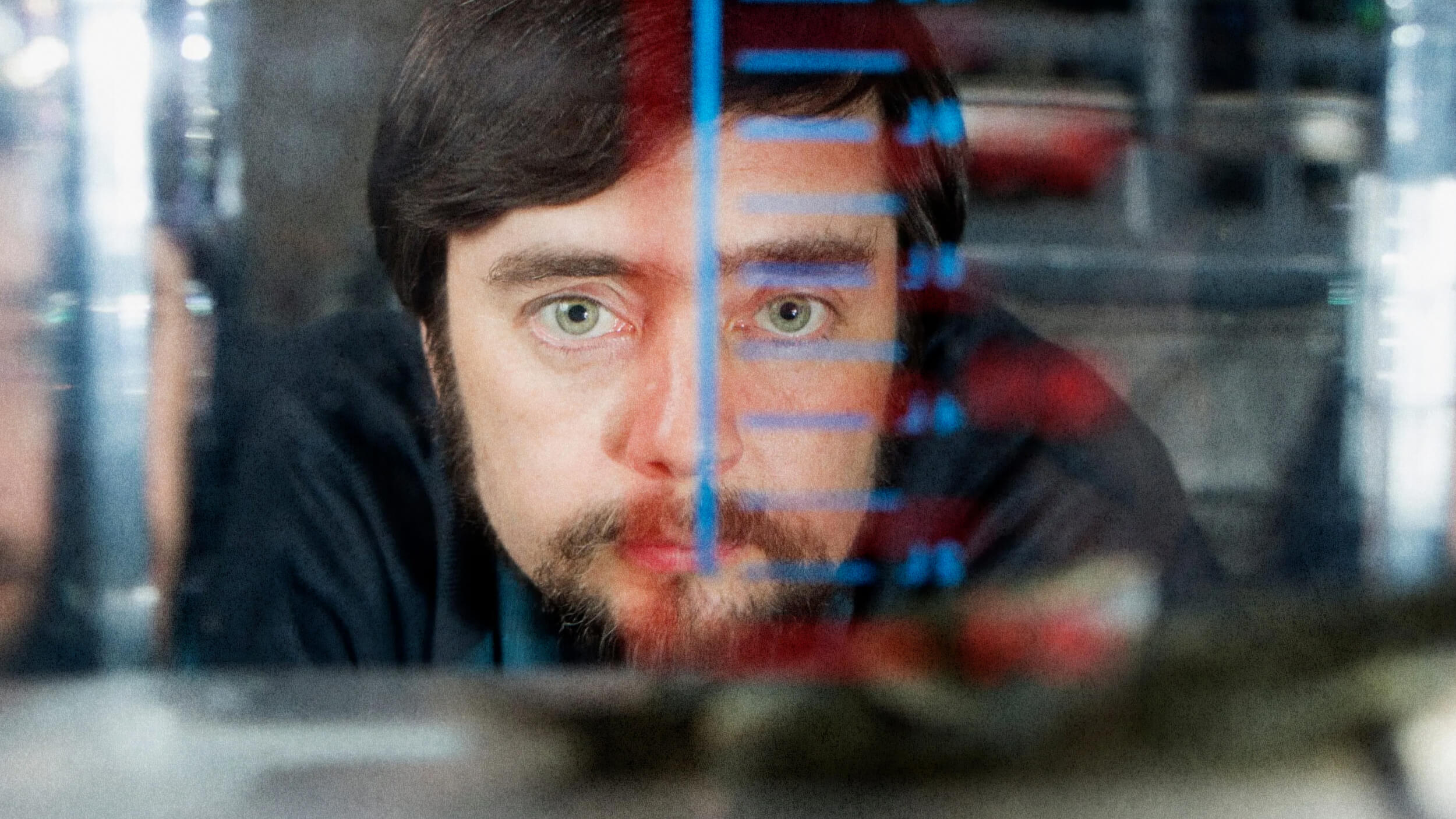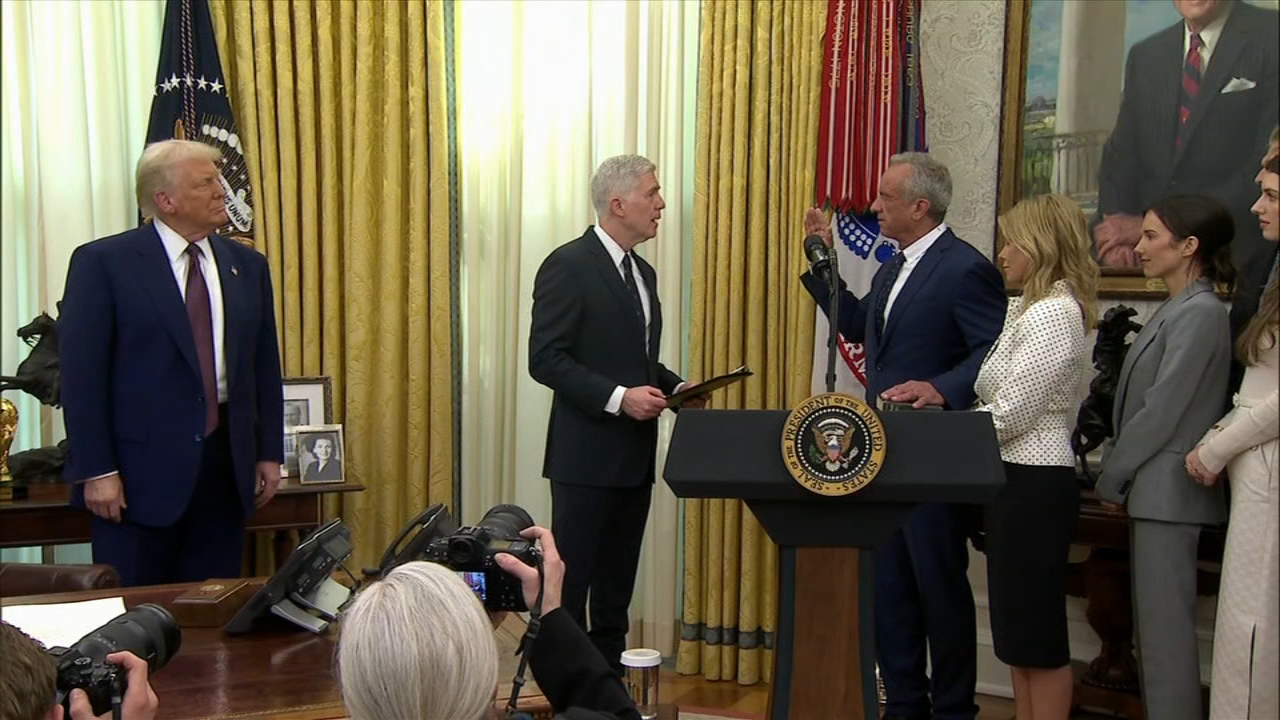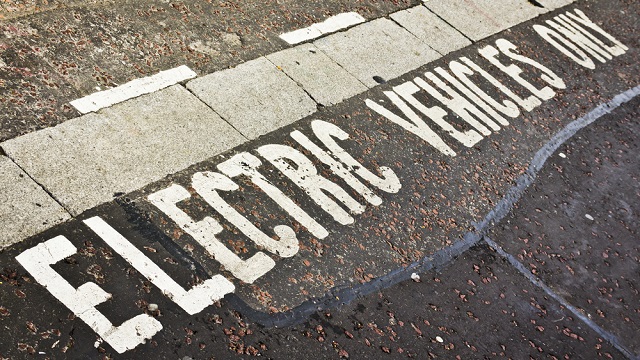Hans Thoma: Hitler’s Favorite Artist?
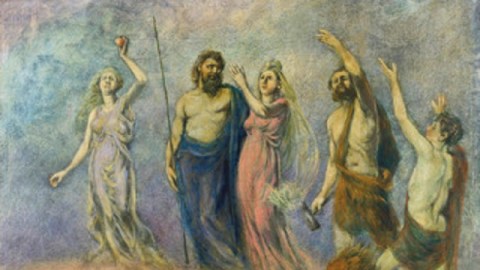
You can’t pick your fans. If you could, nobody would pick Adolf Hitler. The frustrated painter turned Führer and genocidist enjoyed any art that embodied in some form for him the “blood and soil” values of German racial superiority rooted in close ties between the people and the land. Canonical German artists such as Albrect Durer, Lucas Cranach the Elder, and Johannes Vermeer (Dutch being close enough to Deutsche) met with Hitler’s approval, but among more modern artists, the Nazis deemed them mostly “Degenerate Art.” Among a few more modern yet traditional German artists, painter Hans Thoma, perhaps the most popular painter among the German people at the turn of the 20th century, suited Hitler’s taste, too. Hans Thoma: “The German People’s Favorite Painter,” which runs through September 29, 2013 at the Städel Museum in Frankfurt, Germany, aims to wash away any stains of guilt by association and restore while reevaluating Thoma’s place in German and general art history. The Thoma show exemplifies not only the writing and rewriting of art history specifically, but also serves as a telling microcosm of Germany’s overall struggle with its tragic past.
Has there ever been a leader or a political movement as closely linked to the arts as Hitler and the Nazis? From architecture to painting to sculpture to film to music, the Nazis clearly defined what they believed to be proper German art from the distant and near past as well as their mid-century present. Nineteenth century German artists such as painter-poet Carl Spitzweg, painter of monk genre pictures Eduard von Grützner (whom Albert Speer compared to Rembrandt), and landscapist and peasant painter Franz von Defregger all fit in with the Nazi program of authentic Germanic art. Like Thoma, most of these painters died before Hitler’s rise to power and, thus, never met their admirer and had the chance to reciprocate or not the admiration.
Thoma stands out from the crowd for how his art pushed all the right buttons in Hitler’s and the Nazis’ imaginations. Thanks to their holdings of nearly ninety paintings and several hundred works on paper by Thoma, the Städel Museum presents Thoma in his full, multilayered glory—fine arts painter, children’s book illustrator, calendar artist, stage costume designer, and even maker of “color-it-yourself” postcards. Heart-tugging landscapes such as Die Öd and Auf der Waldwiese (in which Thoma painted his future wife picking wildflowers) go big on the nature while including enough humanity to fix the link. The Nazi fascination with race and motherhood found a lot to like in Thoma’s almost Mary Cassatt-like images of strong, nurturing women and happy children such as In der Hängematte and Unter dem Flieder. (On the feminist flip side, Thoma’s paintings of topless mermaids and frolicking nude river maidens probably caught their attention, too.) But what really must have thrilled Hitler’s Teutonic soul would have been Thoma’s depictions of Wagnerian and Wagneresque subjects, such as an engraving of the heroic Siegfried or the paintings Wotan und Brünhilde and Zug der Götter nach Walhall (The Trek of the Gods to Valhalla) (detail shown above). Thoma lived and painted when Wagnermania engulfed all of Europe and changed not just music, but every kind of artistic expression—long before Hitler’s interest in Wagner tainted that music for decades to the point that it couldn’t even be played without controversy.
This exhibition strenuously tries to rip Thoma from the grasp of “the National Socialist period” (“Nazi” is the German’s “N” word). As you can see in this video (in German, but with English subtitles), the gallery walls alternate between garish purple and garish orange, forcing a modernist feel by the sheer magnitude of color shock. The curators hope to establish Thoma’s modernist bona fides while also holding on to some of the qualities that made Thoma so popular in the late 19th century as industrialism threatened to extinguish the agrarian traditions of Germany and Europe. Thoma’s art is “homely, it’s civil,” which “enables a very emotional access to his works,” a curator remarks in the video. These works, the curator continues, contained “values and contents for a national identity for anyone living at the time.” (Alas, that “national identity” metastasized into rampant nationalism fueling not one, but two world wars. Thoma’s powerful emotional appeal mirrors the emotional, non-rational appeal of the Nazis itself, just adding to the connection. In fact, the bulk of the
Städel Museum’s Thoma holdings came to the museum in 1939, at the height of the Third Reich.) The exhibit posits Thoma’s modernism via Arnold Böcklin, an big influence on Thoma as well as a surprising favorite of Hitler, too. Böcklin’s symbolist paintings look more proto-Surrealist than Thoma’s, but it’s not hard to read Thoma’s paintings of flying putti as more surreal than naïve kitsch in this context.
While traveling in Germany with family and friends this summer, I couldn’t stop thinking of how history plays out in that country on so many levels. While the parts of the country totally devastated by the end of World War II became an architectural blank slate (a phenomenon repeated with the fall of the Berlin Wall in 1989 and subsequent building explosion), many half-ruined buildings found modernist architectural ideas grafted right onto their traditional foundations. Hans Thoma: “The German People’s Favorite Painter” feels much like those half-traditional, half-modernist buildings—an acknowledgment of the tragic past while simultaneously a gesture towards a future that longs to resurrect the best of German culture. You won’t find the name of “He who must not be named” (no, not that one) anywhere on the Städel Museum’s website, but that’s because the only name really worth naming here, for his own sake and the sake of anyone interested in German art or art in general, is Hans Thoma.
[Image:Hans Thoma (1839-1924). Zug der Götter nach Walhall (The Trek of the Gods to Valhalla) (detail), 1880.]
[Many thanks to the Städel Museum in Frankfurt, Germany, for providing me with the image above and other press materials related to the exhibition Hans Thoma: “The German People’s Favorite Painter,” which runs through September 29, 2013.]
[Many thanks and love, too, to Tatjana, Kyle, Maksim, and Weston for guiding us around Frankfurt, Berlin, and the rest of Germany.]
